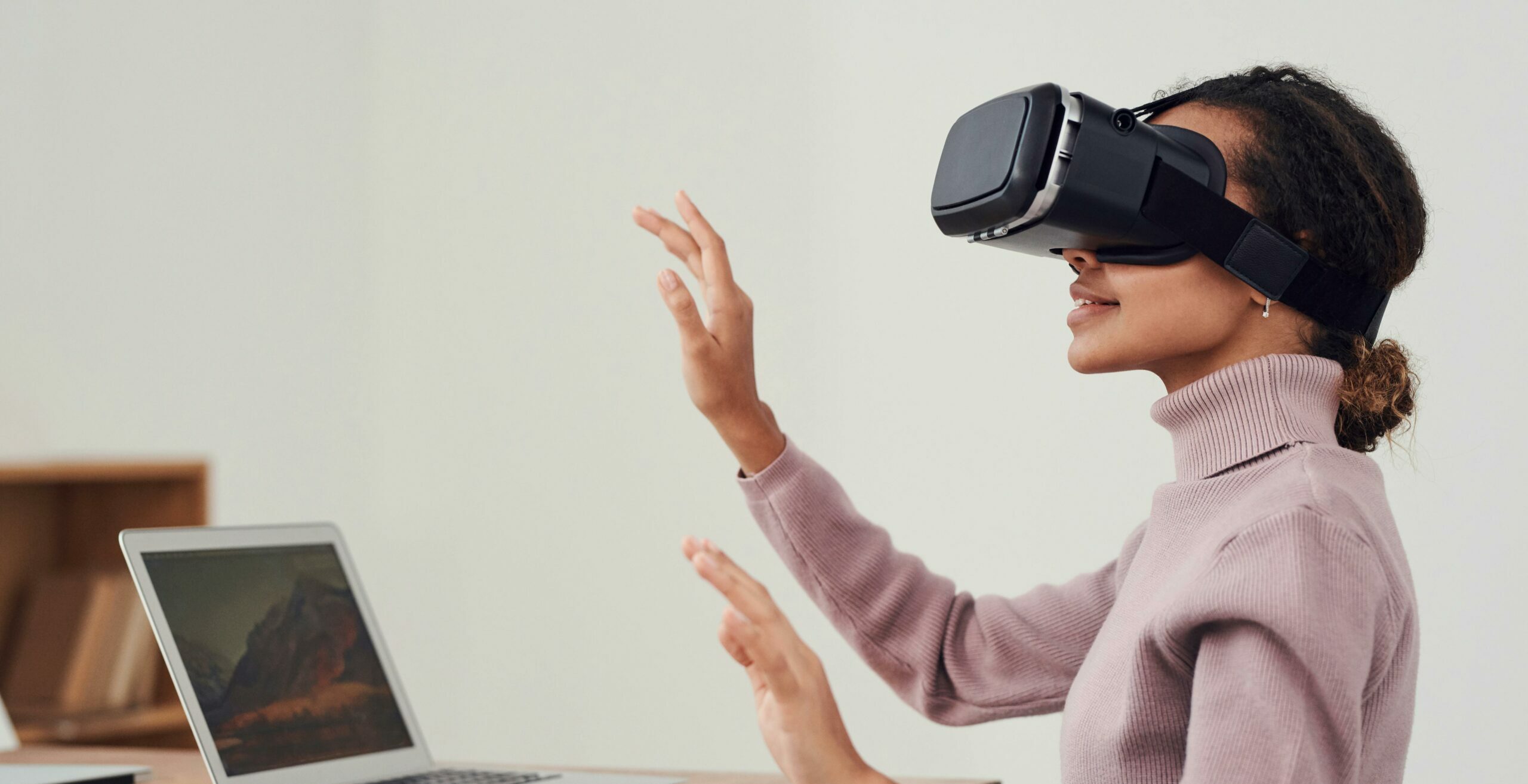Virtual reality (VR) has developed rapidly in recent years and offers a wide range of applications that go far beyond gaming. In this blog post, we would like to share our experiences in VR development, especially with the Meta Quest Pro and Meta Quest 3, and give an outlook on future projects and ideas.
Our experience with VR and Unity
Developing VR applications with Unity is always an exciting journey for us. Unity provides a powerful platform for creating immersive VR experiences. Thanks to the extensive libraries and integration of VR plugins, we can quickly develop prototypes and test different ideas. The challenge often lies in optimizing performance and ensuring a smooth user experience, as VR applications place higher demands on the hardware.
Another important aspect is the design of user interfaces and interactions. In VR, we need to think beyond traditional 2D designs and create three-dimensional, intuitive interactions that are natural and user-friendly.
Working with the Meta Quest: advantages and challenges
The Meta Quest has established itself as one of the leading VR headsets, particularly due to its wireless freedom and powerful standalone operation. Wireless use allows for greater freedom of movement and significantly increases immersion in the virtual environment. Setup and calibration of the Meta Quest is user-friendly and requires no complicated cabling or external sensors. Despite its standalone nature, the Meta Quest offers impressive graphics and processing power, making it an excellent choice for many VR projects.
However, there are also some challenges. The limited battery life can be limiting during longer development or usage sessions. Although the Meta Quest supports many VR standards, there can sometimes be compatibility issues with certain Unity plugins or assets. Compared to PC-based VR systems, the Meta Quest also has some hardware limitations that need to be considered, especially for very complex applications.
Future projects and ideas for VR
The possibilities for future VR projects are almost limitless. VR can be used to create immersive learning environments in which students can better understand complex concepts through interaction and simulation. Another exciting area of application is medical simulations. VR provides a safe environment for medical training and simulations that enable realistic scenarios without risk.
With the increase in remote working, VR environments can be created that improve virtual meetings and collaboration by conveying a sense of physical presence. VR also offers great advantages in the field of architecture and design visualization. Projects and concepts can be visualized in an immersive 3D space, allowing for better imagination and customization.
What can we implement?
With our knowledge and experience in VR development, we can implement a wide range of projects. We can create interactive VR experiences that immerse users in a whole new world, be it in the form of games or educational applications. For companies and organizations, VR tours are a great way to present services, products or locations in an impressive way.
The development of simulation software for training purposes is also an exciting field of application. Here we can develop realistic VR simulations that recreate complex scenarios and enable practical learning. We can also create applications that make it possible to view and manipulate 3D objects in VR, which is particularly useful for design and architecture projects.
In conclusion, VR is an exciting and constantly evolving technology that opens up many new possibilities. With the right tools and a creative approach, we can create immersive VR experiences that revolutionize the way we learn, work and play.
We look forward to the future challenges and opportunities that VR development will offer us. Stay tuned for more updates and exciting projects!



